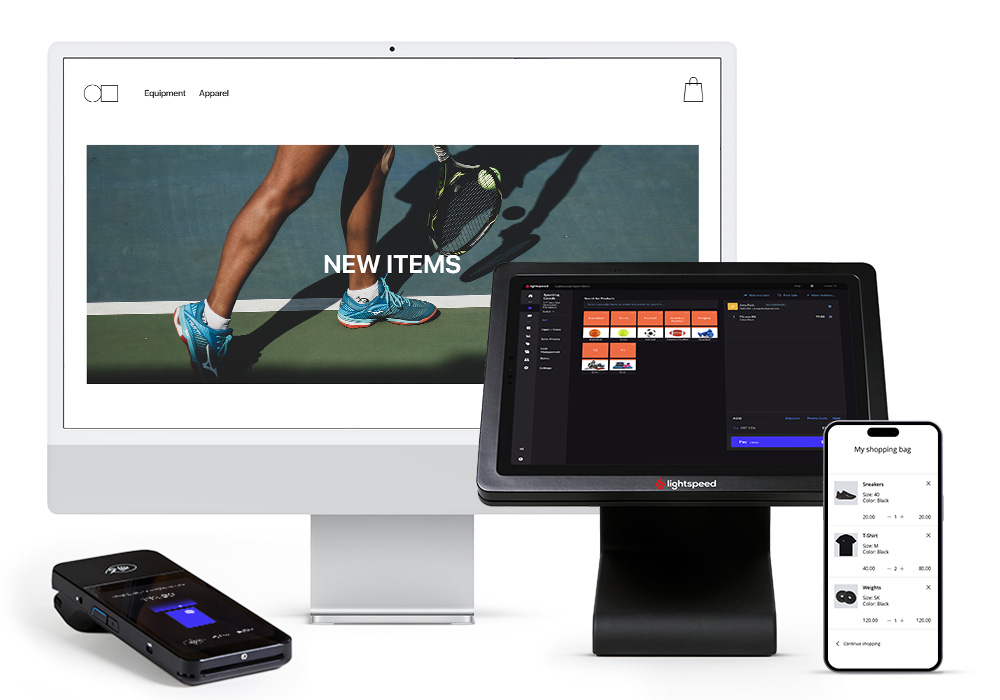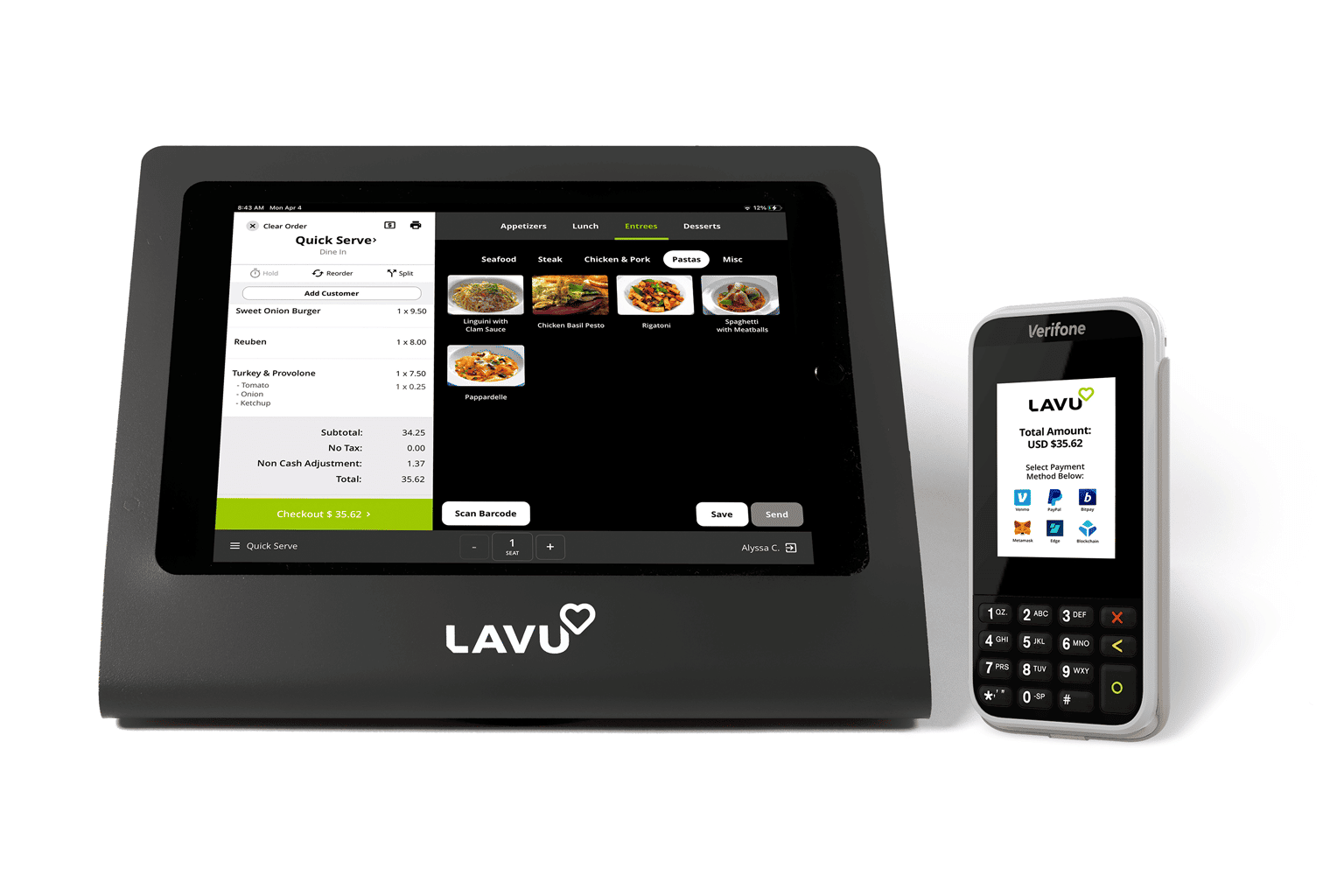How POS System Functions: A Comprehensive Overview for Organization Owners

Comprehending the Elements of a POS System

Just How Sales Deals Are Refined
When a consumer makes a decision to purchase, the sales deal starts a series of systematic actions within the POS system. The cashier inputs the items being purchased, which are scanned with a barcode viewers or by hand entered. This activity fetches product information, consisting of prices and relevant taxes, from the system's database.Next, the customer exists with the overall amount due. The POS system after that refines the repayment, whether via money, charge card, or mobile settlement methods (Restaurant POS Software). For electronic repayments, the POS firmly communicates with repayment cpus to authorize and confirm the transaction.Once the repayment is confirmed, the system generates an invoice, which can be printed or sent electronically. This receipt functions as receipt for the client. Ultimately, the deal information is taped in the system, ensuring exact sales documents and economic monitoring for the service
Supply Monitoring and Tracking

Reliable inventory administration and monitoring are crucial components of a POS system, as they guarantee that services keep optimal stock levels and reduce disparities. A robust POS system permits real-time inventory updates, reflecting sales and returns instantaneously. This enables company owner to keep track of stock degrees accurately, making sure that prominent products are readily offered while stopping overstocking of much less preferred products.Additionally, advanced POS systems provide attributes such as automated stock notifies and reorder suggestions, simplifying the procurement procedure. Barcoding and RFID modern technology improve accuracy in tracking inventory motion, reducing human error. Comprehensive coverage tools provide insights right into supply turn over rates, helping companies make educated decisions about buying and product offerings. Ultimately, reliable stock management through a POS system not only improves operational performance but also boosts consumer satisfaction by making sure item accessibility.
Examining Consumer Data and Insights
Customer data evaluation functions as an effective tool for businesses utilizing a POS system (Restaurant POS Software). By gathering and taking a look at transaction data, services can discover valuable understandings about consumer behavior and preferences. This evaluation allows them to determine purchasing patterns, peak buying times, and preferred products, thereby informing inventory choices and advertising strategies.Additionally, organizations can sector their client base, enabling individualized marketing initiatives that accommodate details demographics or acquiring habits. Recognizing client commitment patterns likewise assists in establishing targeted incentives and promos programs.The information amassed from a POS system can additionally reveal understandings right into consumer responses, allowing organizations to make enlightened decisions concerning product offerings and service enhancements. Ultimately, leveraging client information properly can enhance the general shopping experience, foster customer satisfaction, and drive earnings development
Benefits of Implementing a POS System

Often Asked Concerns
What Kinds of Businesses Can Take Advantage Of a POS System?
Different services gain from a POS system, including retailers, restaurants, salons, and ecommerce systems. These systems simplify purchases, inventory management, and consumer data, improving operational effectiveness and improving Restaurant POS Software customer experience across varied industries.
Just how much Does a POS System Commonly Cost?
The cost of a POS system generally ranges from a couple of hundred to numerous thousand bucks, relying on functions, equipment, and software program. Services need to think about recurring costs for purchase, maintenance, and support handling when budgeting.
Can I Incorporate a POS System With Existing Software?
Integrating a POS system with existing software program is often feasible. Numerous systems supply APIs or integrated compatibility attributes, enabling organizations to improve procedures and improve capability by attaching numerous software applications successfully.
What Training Is Required for Personnel to Make Use Of a POS System?
Training for staff to use a POS system usually consists of understanding software application performances, refining transactions, taking care of supply, and taking care of consumer communications. Practical demos and hands-on technique sessions improve proficiency and confidence being used the system properly.
What Happens if the Web Decreases While Utilizing a POS System?
If the internet decreases during POS system usage, purchases might be disrupted. Numerous systems supply offline capabilities, enabling standard procedures to continue, yet full capability, consisting of real-time stock updates, will certainly be limited. A Point of Sale (POS) system is made up of several vital elements that function with each other to assist in purchases and handle business procedures. Reliable supply monitoring and monitoring are crucial parts of a POS system, as they guarantee that organizations keep ideal stock levels and reduce discrepancies. Client information evaluation serves as a powerful tool for organizations making use of a POS system. Understanding consumer loyalty patterns additionally helps in creating targeted promos and benefits programs.The information obtained from a POS system can likewise expose understandings right into customer comments, allowing businesses to make educated decisions relating to item offerings and service renovations. Carrying out a POS system provides countless benefits that can substantially boost company operations.